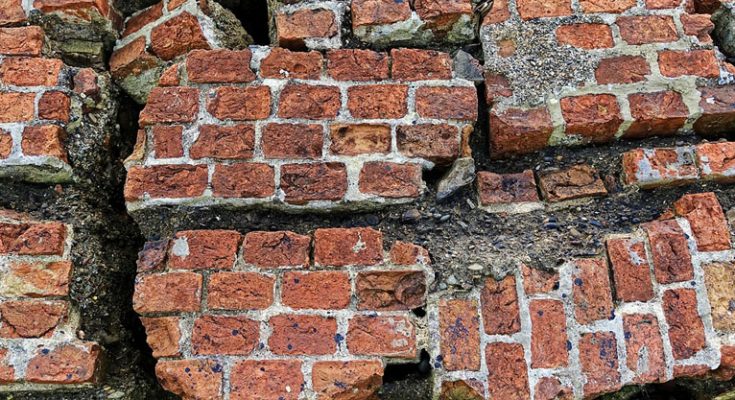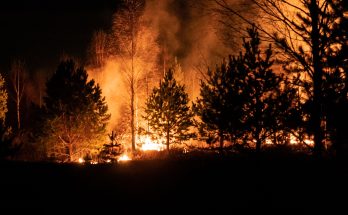Sdmonton/CMEDIA: The largest recorded earthquake in Alberta’s history reportedly wasmost likely caused by disposal of oilsands wastewater, new research has concluded.
“This event was caused by wastewater disposal,” said Ryan Schultz, a Canadian seismologist who helped conduct the research while at Stanford University in California.
A series of quakes culminating in one that reached a 5.6 magnitude was responsible for rocking parts of Alberta near the northwestern town of Peace River.
The earth being pushed upward by more than three centimetres, residents were reportedly knocked to their knees.
Using oilpatch techniques, deep disposal wells that inject wastewater kilometres underground reportedly can induce earthquakes. One such well located near the earthquake site has injected more than one million cubic metres of wastewater down about two kilometres.
The Alberta Geological Survey, a branch of the province’s energy regulator, attributed the record-breaking quake to natural causes. It was reportely argued that the centre of the quake estimated to be six kilometres underground, then , was thought too deep and too far away from oilpatch activity in time and space to have been generated by industry.
Bu Schultz proves it wrong by a closer and more thorough look at the data brought the centre of the quake up to about four kilometres beneath the surface. That figure is now reflected in the regulator’s catalogue of Alberta quakes. Similarly, a look at previous research on so-called “induced seismicity” revealed long lag times between deep-well water injection and earthquakes.
Co-authored by scientists at the University of Alberta as well as Natural Resources Canada and published in Geophysical Research Letters, his paper suggests that the injected water’s force was enough to reduce the friction holding the two sides together and eventually resulted in a slippage that shook the surface.
These findings, said Schultz could have big implications for Canada’s and Alberta’s climate change plans.
The climate impact of the province’s energy industry could be done by pumping vast amounts of waste carbon dioxide deep underground, much as wastewater is injected, Schultz said and added a lot more seismic monitoring needs to take place around the sites to keep track of what’s happening deep in the earth.
#Alberta; #LargestRecordedEarthquake; #GeophysicalResearch





